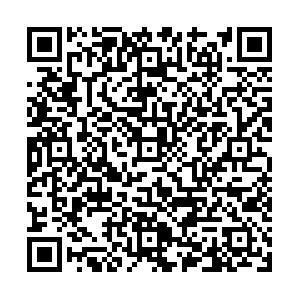Abstract:
Objective To investigate the effects of acupuncture on respiratory disturbance index, oxygen saturation and serum inflammatory factors in patients with obstructive sleep apnea hypopnea syndrome(OSAHS).
Methods A total of 172 OSAHS patients admitted to Lishui Hospital of Traditional Chinese Medicine from January 2016 to December 2018 were randomly divided into the nCPAP group and the acupuncture group, with 86 patients in each group receiving transnasal continuous positive airway pressure ventilation and acupuncture respectively. The two groups of patients before and after the treatment of sleep disordered breathing index, blood oxygen saturation and serum cytokine concentration and clinical efficacy.
Results After treatment, the indexes of sleep and respiratory disorders in both groups improved(all
P<0.05), and the improvement effect of acupuncture group was better than that of nCPAP group(all
P<0.05). The AHI level in the acupuncture group(14.35±1.21) was lower than that in the nCPAP group(16.49±1.08,
t=12.240,
P<0.001). After treatment, LSaO
2 and MSaO
2 increased in the two groups(
P<0.05), and the acupuncture group was higher than the nCPAP group(all
P<0.05), and the SaO
2< 90% time, TRTSaO
2<90%, TNF-α, CRP, IL-8, aICAM-1, and NF-κB decreased in the two groups(all
P<0.05), and the acupuncture group was lower than the nCPAP group(all
P<0.05). The effective rate was 91.86% in the acupuncture group and 94.19% in the nCPAP group(χ
2=0.358,
P=0.549). After treatment, the syndrome score of acupuncture group at each time point was lower than that of nCPAP group(all
P<0.05).
Conclusion Acupuncture and nCPAP therapy in the treatment of OSAHS can improve the respiratory disturbance index and blood oxygen saturation of patients, and reduce the concentration of serum inflammatory cytokines. The therapeutic effect is significant, and the effect of acupuncture therapy is more lasting.

 点击查看大图
点击查看大图



 下载:
下载:
